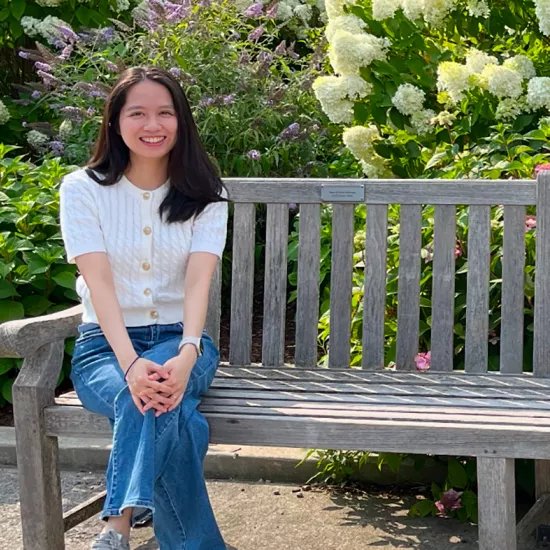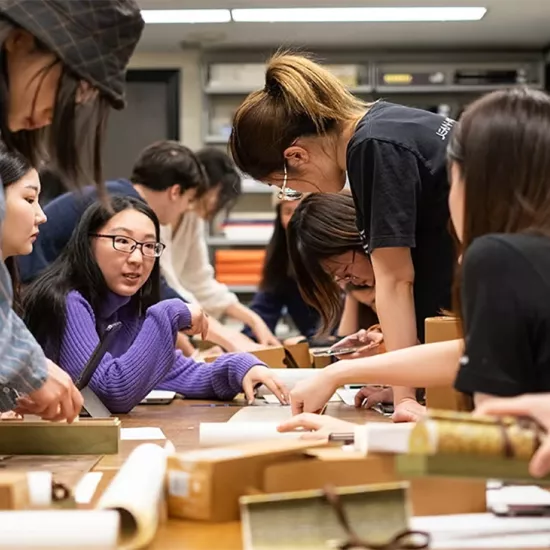'How can we make this better?' Finding links between pollinators, plants and the effects of urbanization
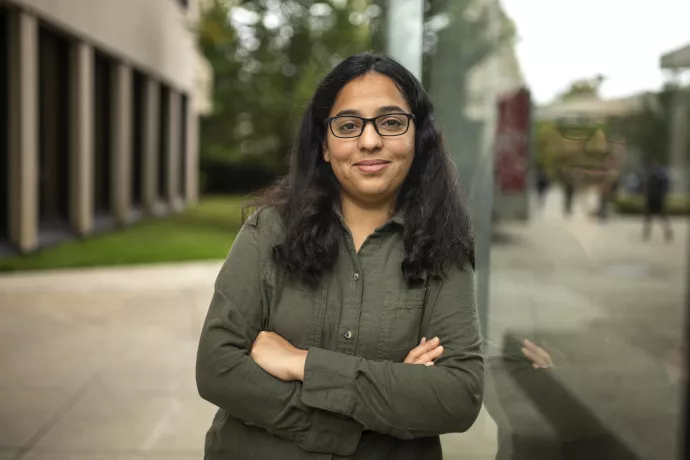
From an early age, Nehal Naik knew she wanted to be a scientist.
While growing up in Dombivli, a small town just outside Mumbai, Naik remembers coming home from school and telling her mom what she had learned in science that day.
“I thought it was fascinating to study about ecology, and biology – even physics. Just everything,” says Naik, who is now a PhD student in the department of ecology and evolutionary biology at University of Toronto Mississauga.
As she grew older, she knew she would have to narrow down which type of science she wanted to pursue, and eventually decided on biology.
It was a decision, she says, that was well supported by her parents – who she says always encouraged and supported her choices throughout her education.
“My dad put a lot of effort into my education, and my mom was always there and made sure I was focused on my studies,” Naik recalls. “They said, ‘if you trust yourself, then we trust you.’”
After focusing on biology in high school, Naik attended post-secondary school in Mumbai where she studied zoology for her bachelor’s degree. She then earned her master’s degree in life sciences, and during her studies, attended a seminar about the interaction between figs and wasps.
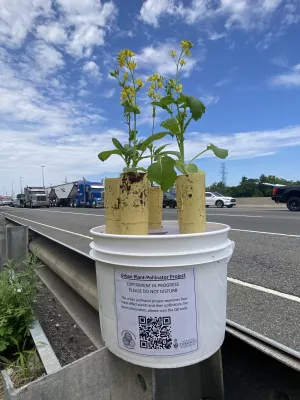
This seminar was a turning point for the budding scientist. The topic instantly caught her attention, and laid the foundation for her current PhD research at UTM’s EvoEco lab – where she now studies how roads and vehicles affect the movement of pollinators and plant reproduction, using Mississauga as a global model.
As she was looking at different schools for her PhD, she says she was particularly drawn to UTM’s EvoEco Lab, which is run by biology professor Marc Johnson. The lab, she says, “checked all the boxes” – adding that she knew Johnson’s lab would give her the opportunity to learn new things.
“I wanted a good lab, a good supervisor, and good lab mates,” Naik says. “Now, I don’t even call them lab mates – I call them my best friends. I love UTM, and our department has a good community. I never feel like I’m alone.”
As part of her research, Naik and her lab mates placed plants across Mississauga to measure how roads and traffic influence pollinator movement and plant reproduction.
This helps the researchers investigate how urban roads affect plant-pollinator interactions – specifically how roads affect plant health and pollen dispersal (which is the transfer of pollen from one flower to another) by pollinators.
“The most important effect on pollinators is there are a lot of vehicular collisions, and a lot of pollinators just die when they’re crossing the road,” Naik says.
“I’m interested in understanding 'how can we make this better?'”
She says roads and traffic are part of a much larger issue of urbanization’s impact on plant-pollinator interactions.
These longstanding interactions are being altered by urbanization because the environment around them is changing.
“When we develop the landscapes to form cities, there are a lot of environmental changes . . . for example, the temperature in cities is generally higher than the surrounding natural areas, there’s higher pollution, more people – there’s so many disturbances to this plant-pollinator relationship,” Naik says, adding that built infrastructure also affects pollen dispersal.
This pollen dispersal impacts pollinators, plants, and plants’ reproduction, she says. Disrupting pollen transfer can put local plant populations at risk of going extinct.
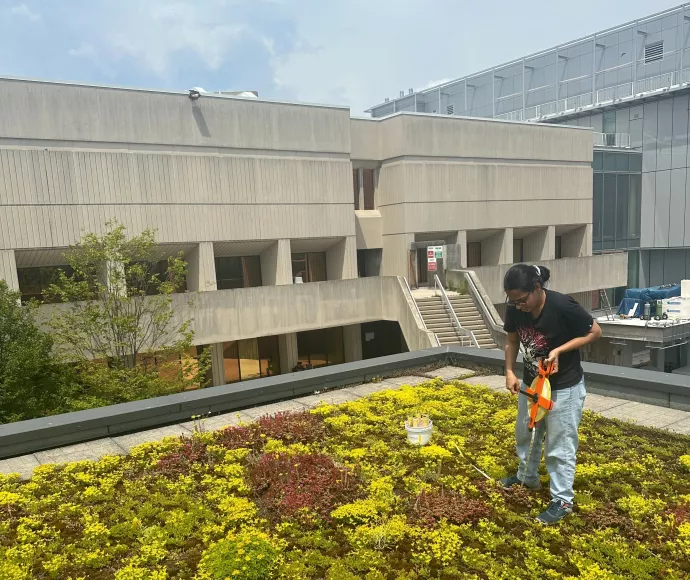
While her research is ongoing, Naik has already made some interesting discoveries.
For example, she has found that plant-pollinator interactions can occur on the rooftops of taller buildings – meaning that these interactions can be supported by green infrastructure in urban landscapes. Naik says this finding demonstrates that roofs can provide resources and habitat for pollinators in urban landscapes.
Overall, Naik hopes that her work makes important contributions to the ecological landscape as cities continue to grow.
“What we want is cities to be more friendly to these species that live there,” she says. “Maybe we need to have more green spaces where can increase that connectivity. But we also want quality habitats, not just quantity."


